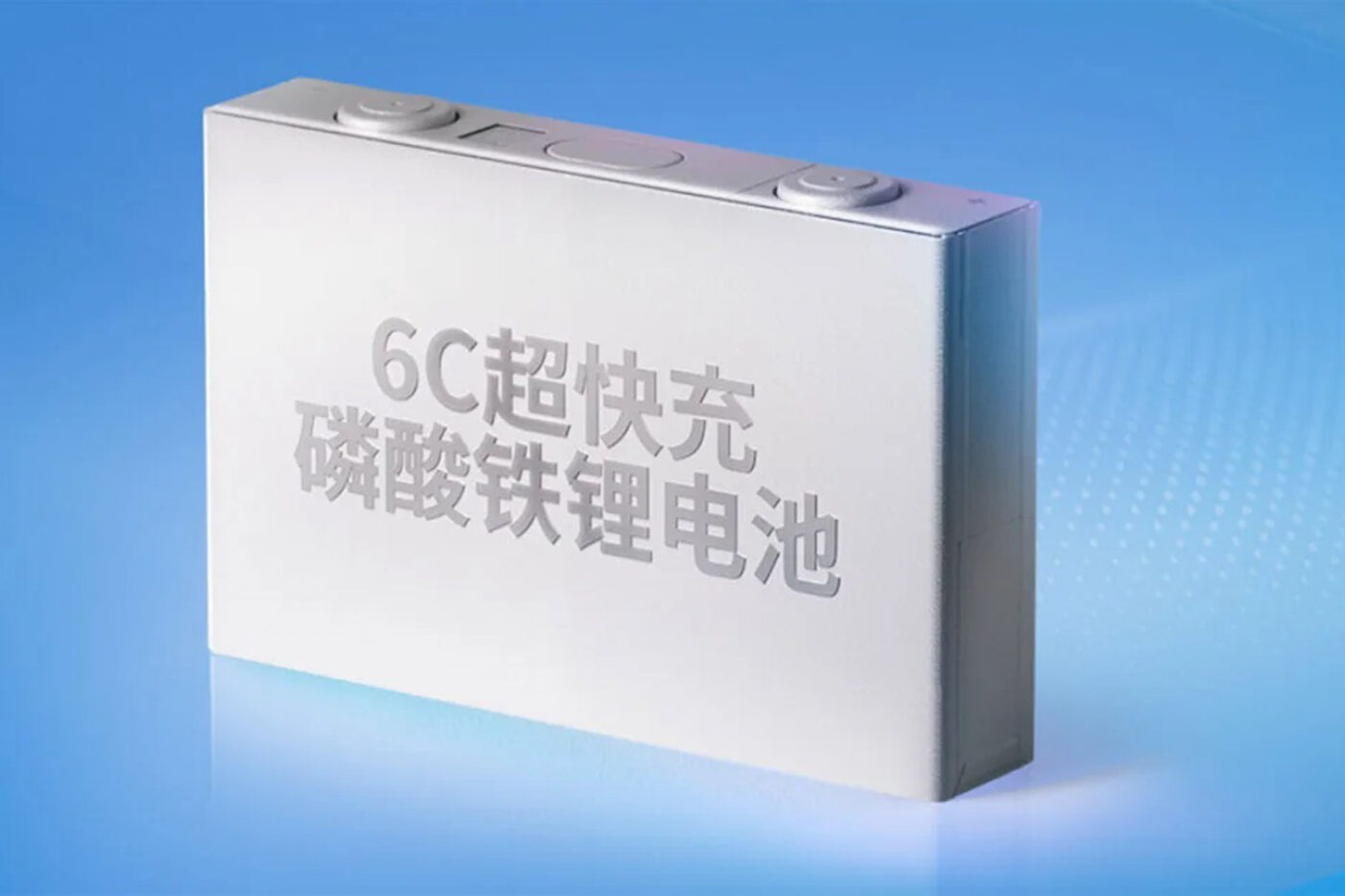Minnesota Police Departments Deploy Cutting-Edge Drone Response System for Faster Emergency Aid

Minnesota law enforcement is taking a significant leap forward in emergency response with the launch of a new drone technology program. While several police departments across the state already utilize drones for various purposes, this initiative represents a groundbreaking advancement: deploying drones in real-time to respond directly to emergency calls. This proactive approach promises to dramatically improve response times, enhance situational awareness, and ultimately, save lives.
Faster Response, Safer Outcomes
The core concept is simple yet powerful. When an emergency call is received – whether it's a traffic accident, a missing person, or a potential crime in progress – a drone can be dispatched almost immediately. This is particularly crucial in situations where traditional response vehicles face delays due to traffic congestion, difficult terrain, or distance. Drones equipped with high-resolution cameras and thermal imaging capabilities provide officers on the ground with a bird's-eye view of the scene, allowing them to assess the situation, identify potential hazards, and coordinate resources more effectively.
“This isn’t about replacing our officers; it’s about equipping them with the best possible tools to do their jobs safely and efficiently,” stated Sergeant Emily Carter, a spokesperson for the Minnesota Police Department. “The drones offer a significant advantage in terms of speed and situational awareness, allowing us to react more quickly and make more informed decisions.”
Beyond Immediate Response: Enhanced Capabilities
The benefits of this drone program extend beyond simply speeding up initial response times. The technology offers a range of additional capabilities:
- Search and Rescue: Drones can quickly cover large areas to locate missing persons, especially in challenging environments like forests or waterways.
- Accident Reconstruction: High-resolution aerial imagery can be used to create detailed accident reconstruction maps, aiding investigations.
- Crime Scene Preservation: Drones can document crime scenes from above, providing a comprehensive overview and preserving evidence.
- Traffic Monitoring: Drones can monitor traffic flow, identify accidents, and assist with traffic management during special events.
Addressing Privacy Concerns
As with any new technology involving surveillance, privacy concerns are paramount. Law enforcement agencies in Minnesota are acutely aware of these concerns and have implemented strict protocols to ensure responsible drone usage. These protocols include:
- Clear Operational Guidelines: Specific guidelines dictate when and where drones can be deployed, ensuring they are used only in legitimate emergency situations.
- Data Storage and Security: All drone footage is securely stored and subject to strict access controls.
- Public Transparency: Departments are committed to transparency regarding their drone programs, providing information to the public about their usage and policies.
A Model for the Future?
Minnesota's innovative drone response system is attracting attention from other states and jurisdictions. As drone technology continues to evolve and become more affordable, it’s likely that we'll see similar programs implemented across the country. This represents a significant shift in how law enforcement responds to emergencies, offering the potential for faster, safer, and more effective outcomes for everyone.





